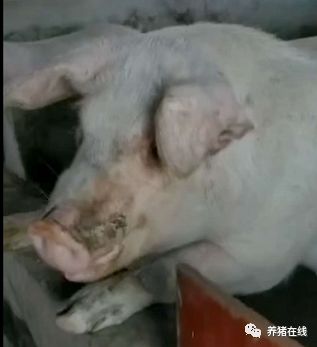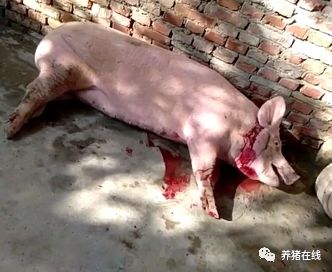Protect pig skin pale, emaciated, cough, a move to solve the problem of pig care difficult to raise!

Why are pigs so difficult to raise?
At present, pig farms are generally not good at raising pigs at the stage of conservation, with high incidence, especially stubborn diarrhea, pale skin, thin curls, cough and panting, high mortality and elimination rate, which have become headache problems for many pig farms. Even if the injection hits the hand and breaks the skin, the body and mind are exhausted, the pig disease is still repeated and does not help!

The reasons are closely related to the following six points:
1. Weaning stress: leaving sows, changing rations from liquid milk to solid feed, moving to unfamiliar environments, brothers and sisters being separated, vaccine immunity and other stresses reduce the pig's disease resistance.
2. The immune system of protected pigs is not perfect, and it is in the immune blank area, and the immunity is poor.
3. Nursery pigs are underdeveloped and have weak physiological functions.
4, ammonia, vaccines, antibiotics, moldy feed and other toxins in the house, so that the organs are further damaged, affecting the physiological function of pigs.
5, sow health is poor, piglet antibody level is low, weak and sick.
6. Weak piglets produced by various reasons often become the initial link and fuse of pig epidemic disease.

Blue ears and rings are the two biggest killers of conservation pigs.
In addition to the above six points, the two most harmful diseases to protected pigs are blue ear and ring, both of which are immunosuppressive diseases, which are very easy to destroy immune organs, causing pigs to be infected with diseases such as parasuis and streptococci, resulting in higher mortality.
Circovirus, mainly affects piglets 2 to 3 weeks after weaning. The most common in our production is progressive wasting or growth retardation of pigs, which is also a clinical symptom necessary for diagnosis of PMWS. Other symptoms are anorexia, depression, slow movement, pale skin, unkempt fur, breathing difficulties, and coughing. Less common symptoms are diarrhea and central nervous system disorders.
Blue ear disease infected skin cyanosis, bleeding, severe cyanosis when the skin was blue-purple, hence the name "blue ear disease." Nursery pigs often have high fever with blue ears, reduced feed intake or even no food, swollen eyes, cyanosis with blue-purple nose and cyanosis with blue-purple ears.
In view of the complex and extremely difficult problems of pig diseases in the current conservation stage, SECCO Group independently launched Blue Cut, which can effectively purify toxins in sows and various mixed infections caused by blue ears. It works quickly and is well received by the market.
- Prev

Sow has tear spot originally is this reason, the influence is so big?
Sow has tear spot originally is this reason, the influence is so big?
- Next

Why do some sick pigs bark desperately before they die? What's the disease?
Why do some sick pigs bark desperately before they die? What's the disease?
Related
- On the eggshell is a badge full of pride. British Poultry Egg Market and Consumer observation
- British study: 72% of Britons are willing to buy native eggs raised by insects
- Guidelines for friendly egg production revised the increase of space in chicken sheds can not be forced to change feathers and lay eggs.
- Risk of delay in customs clearance Australia suspends lobster exports to China
- Pig semen-the Vector of virus Transmission (4)
- Pig semen-the Vector of virus Transmission (3)
- Five common causes of difficult control of classical swine fever in clinic and their countermeasures
- Foot-and-mouth disease is the most effective way to prevent it!
- PED is the number one killer of piglets and has to be guarded against in autumn and winter.
- What is "yellow fat pig"? Have you ever heard the pig collector talk about "yellow fat pig"?

